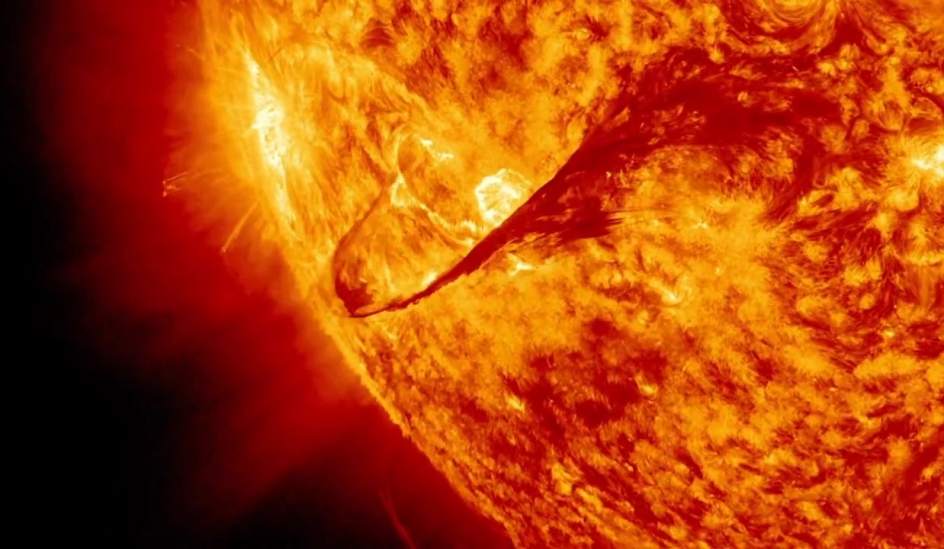
DENVER – High demand for space weather data is prompting the National Oceanic and Atmospheric Administration to consider revising the schedule for its geostationary weather satellite fleet.
NOAA officials are discussing the possibility of moving the final satellite in the Geostationary Operational Environmental Satellite-R series, GOES-U, into operations soon after it launches to provide imagery and data from the Compact Coronagraph.
“Nothing has been decided yet, but the main motivation for putting GOES-U into operation is the Compact Chronograph, a new space weather instrument we’ll be carrying,” said Pam Sullivan. “Folks are anxious to have that data.”
If NOAA decides not to make any changes, GOES-U would not move into service immediately because NOAA would continue to rely on GOES-T, the current GOES West satellite launched in 2022, and GOES-R, the current GOES East launched in 2016.
The Compact Coronagraph is designed to provide imagery of the solar corona in addition to detecting and characterizing coronal mass ejections.
Demand for Compact Coronagraph imagery is strong because U.S. and European space-weather satellites are not expected to last much longer. The joint NASA and European Space Agency Solar and Heliophysics Observatory (SOHO), sent to Lagrange Point 1 since 1995, is likely to stop providing imagery of coronal mass ejections by 2025. And NASA’s Advanced Composition Explorer, sent to Earth-Sun Lagrange Point 1 in 1997, is expected to run out of propellant around 2024.
The Naval Research Laboratory built the Compact Coronagraph as part of NOAA’s Space Weather Follow-On program.
Additional Compact Coronagraphs will fly on the NASA-NOAA Space Weather Follow On and on the European Space Agency space weather program L5 Vigil mission.
Although the GOES-U launch on a SpaceX Falcon 9 rocket is more than a year away, NOAA has completed instrument integration and thermal and vacuum testing.
“We are on track for the launch in April 2024,” Sullivan said.
Related
ncG1vNJzZmiroJawprrEsKpnm5%2BifKi7xKxkrmWTpLqxrcKtZJynoqS7orPRmqehZw%3D%3D